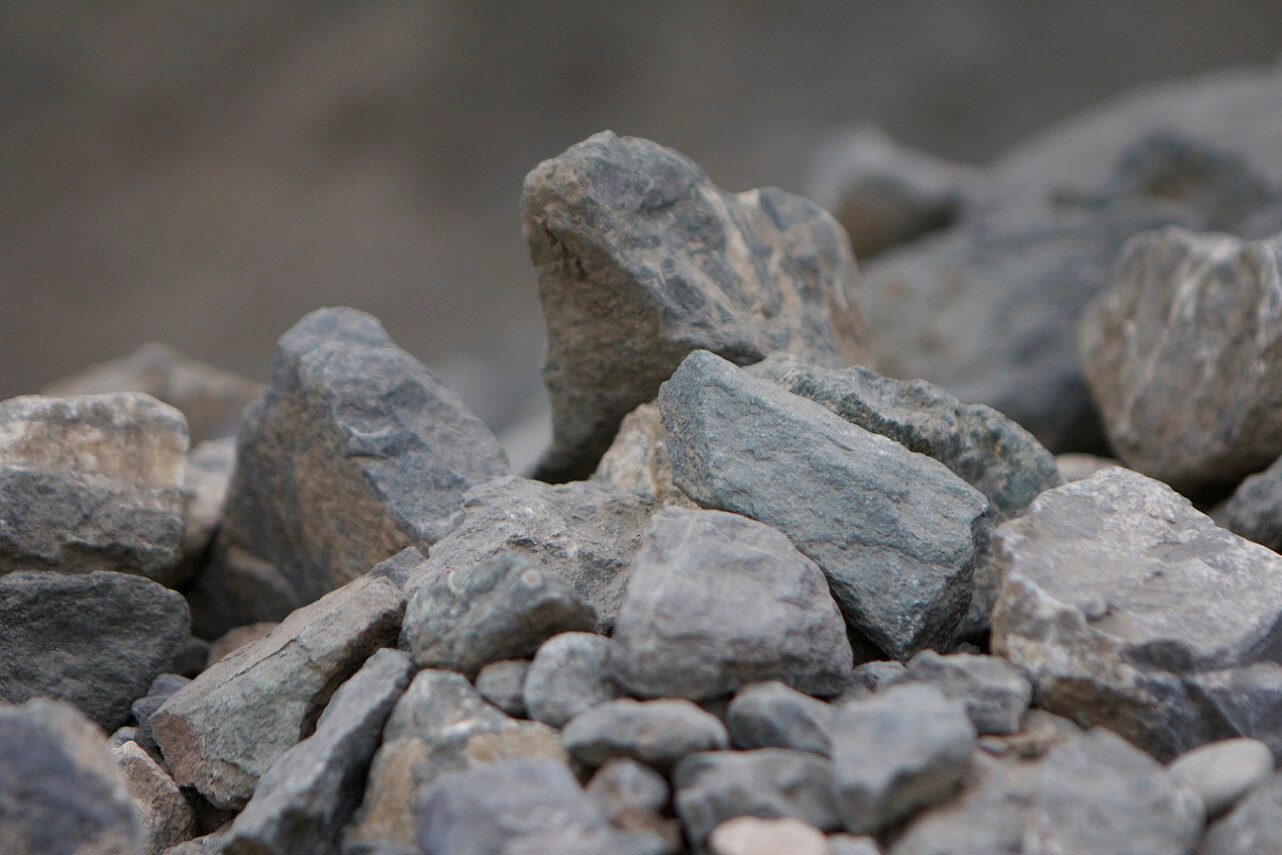Introduction
Many types of screening devices can be used for making particle size separation, including Vibrating Screens and Rotary Trommels. The right one for your application depends on your feed material and production goals.
Here are eight questions to ask when sizing a screening device for your application.
1. How many tons per hour?
The first question you want to ask is how much material will be processed over a certain a period of time, or how many tons per hour.
The screening equipment manufacturer will then ask you for the typical number of hours you operate in a day. Capacity factors for sizing a screening unit are based on the criteria listed below on a per hour basis.

2. What is the particle size distribution?
The particle size distribution is a listing of the size of the material to be separated. You should provide the screening equipment manufacturer with a distribution of several particle sizes above and below the cut points required for your application.
For the cut points you require, it’s beneficial to provide the amount or percent of oversize of that size separation. It is also beneficial to provide the amount of half size of your required cut.
Providing more than one sieve size of the oversize and half size allows the supplier to see a more complete picture of your application, including the maximum particle size in the feed stream, so they can offer the right machine for your requirements.
You can provide the sieve openings in either metric or imperial. The supplier just needs to know which measurement system you’re using.
3. What is the bulk density of the material to be separated?
All materials have different densities. Again, it doesn’t matter if you provide the weight of the solids in metric or imperial values (such as tons per meter cubed or pounds per cubic foot), this is a factor that’s critical for the manufacturer to know.

4. What is the moisture content in the feed material to be screened?
The moisture content of the feed material is an important detail to provide. No matter if the moisture content is 5%, 10%, 20% or bone dry (0% moisture), it is a significant factor that can determine the type and size of the screening unit. It also allows the manufacturer to provide recommendations critical to achieving maximum screening efficiency.
5. What is the cut point(s) required?
Some applications may only have one separation point; others may have six. Yes, there are Vibrating Screens with five or six decks per machine, and yes, we have made Rotary Trommels with five different sizes of screen media openings specified in one unit. Again, providing the particle size separations is a critical factor.
6. What screening efficiency is required?
No screening device is 100% efficient. Oversized material is always going to be present in an undersized product, and fines are always going to need removed from the feed stream. You may not realize this, but it’s true!
The degree of screening efficiency that can be tolerated makes a profound effect on the size of machine selected. Sometimes, the sizing screen is only removing near-sized fines before a crusher, so a precise cut isn’t needed. At other times, the sizing screen is the classifying unit for the final product, so a high efficiency is required.
There’s a big difference between an 80% clean product and a really tight 95% efficiency in which the top-sized and lower-sized limits of the finished product must be as clean as possible.
7. What other special requirements are necessary?
Other functions, such as adding water for washing and making a better separation to allow a cleaner coarse product, are sometimes desired on Vibrating Screens and Rotary Trommels.
On some screening units, features like screen heating and ball tray decks allow for cleaner products.
Special requirements may also include the machine’s drive mechanism, which can improve screening efficiency.
If you have requirements like this, you should advise your potential supplier.
8. Do you have a preference to the type of screen media?
Many screen media options are available on screening devices, like woven steel wire, punched steel plate, rubber and polyurethane, to name a few. From your previous experiences, you may have a preference.

Woven wire screen.
The type of screen media can determine the percent of open area, which can affect the size of the screening unit. It can also affect the number of decks on a vibrating unit or the diameter and length of a trommel.
Putting it all together
Most screening equipment manufacturers have decades of experience in machine size selection, with thousands of units in service of the types they offer.
Even if you have zero knowledge of particle size screening equipment, a viable dealer or manufacturer should be able to supply you with the right machine selection once you provide as much complete application data as you can by answering these eight questions.










